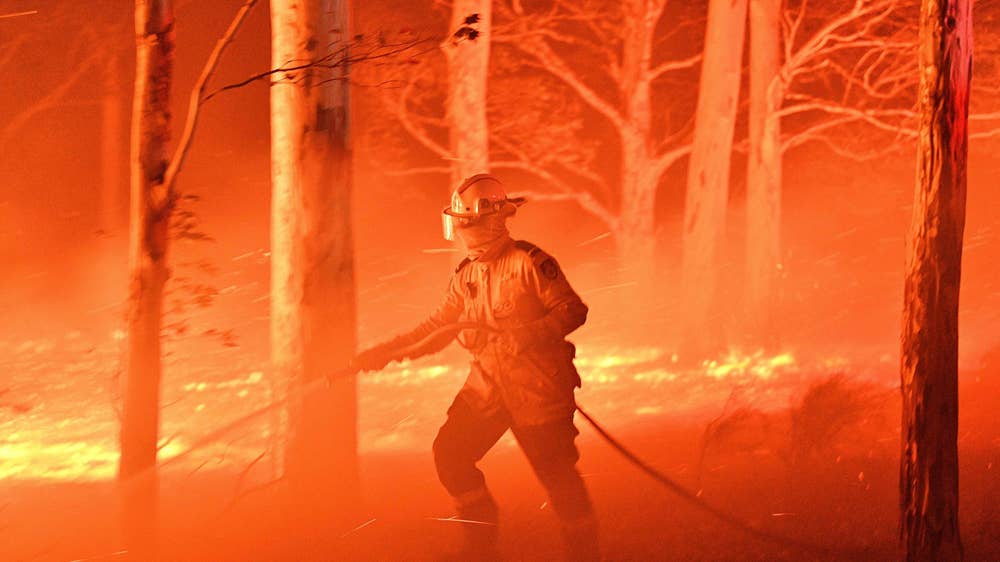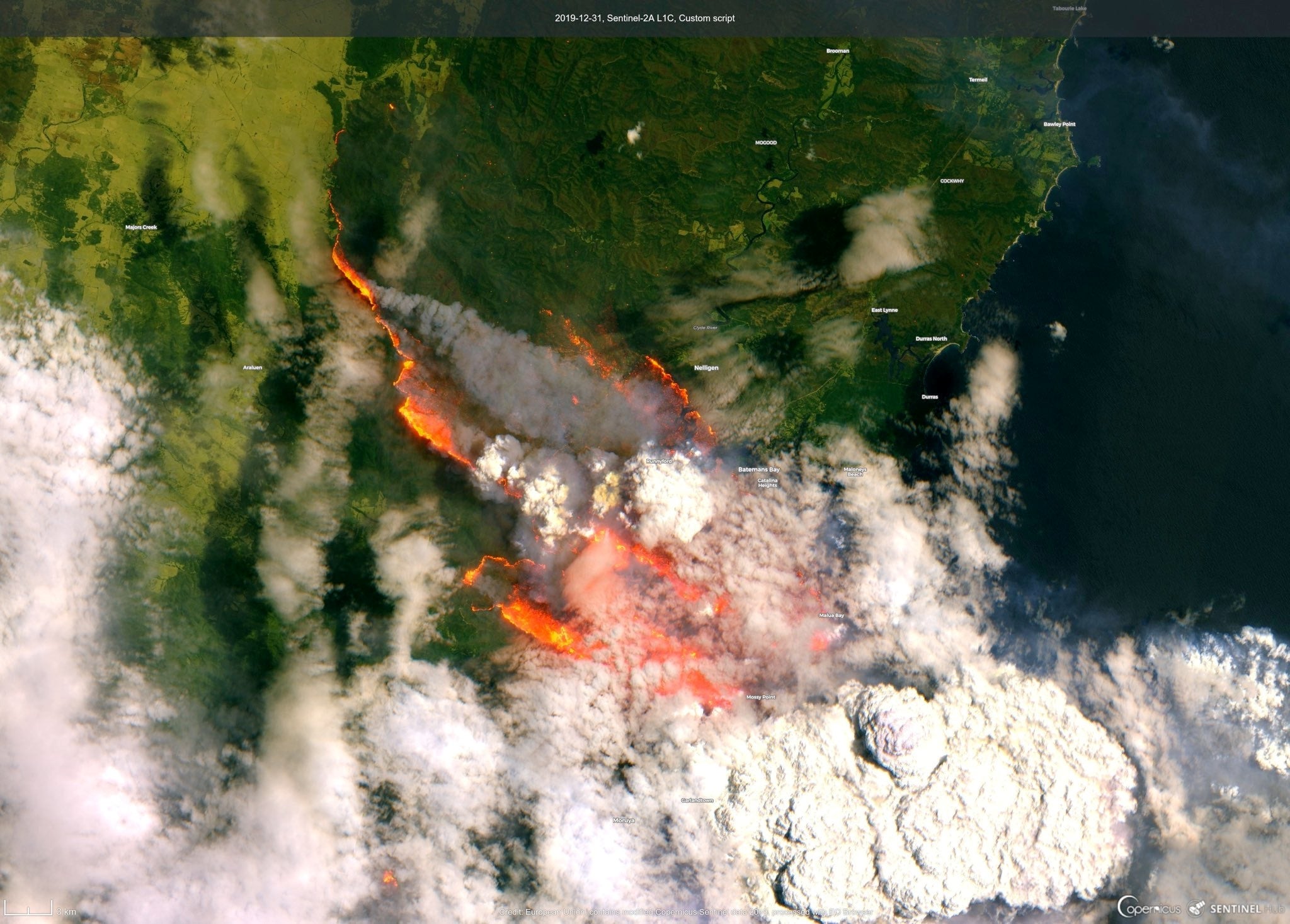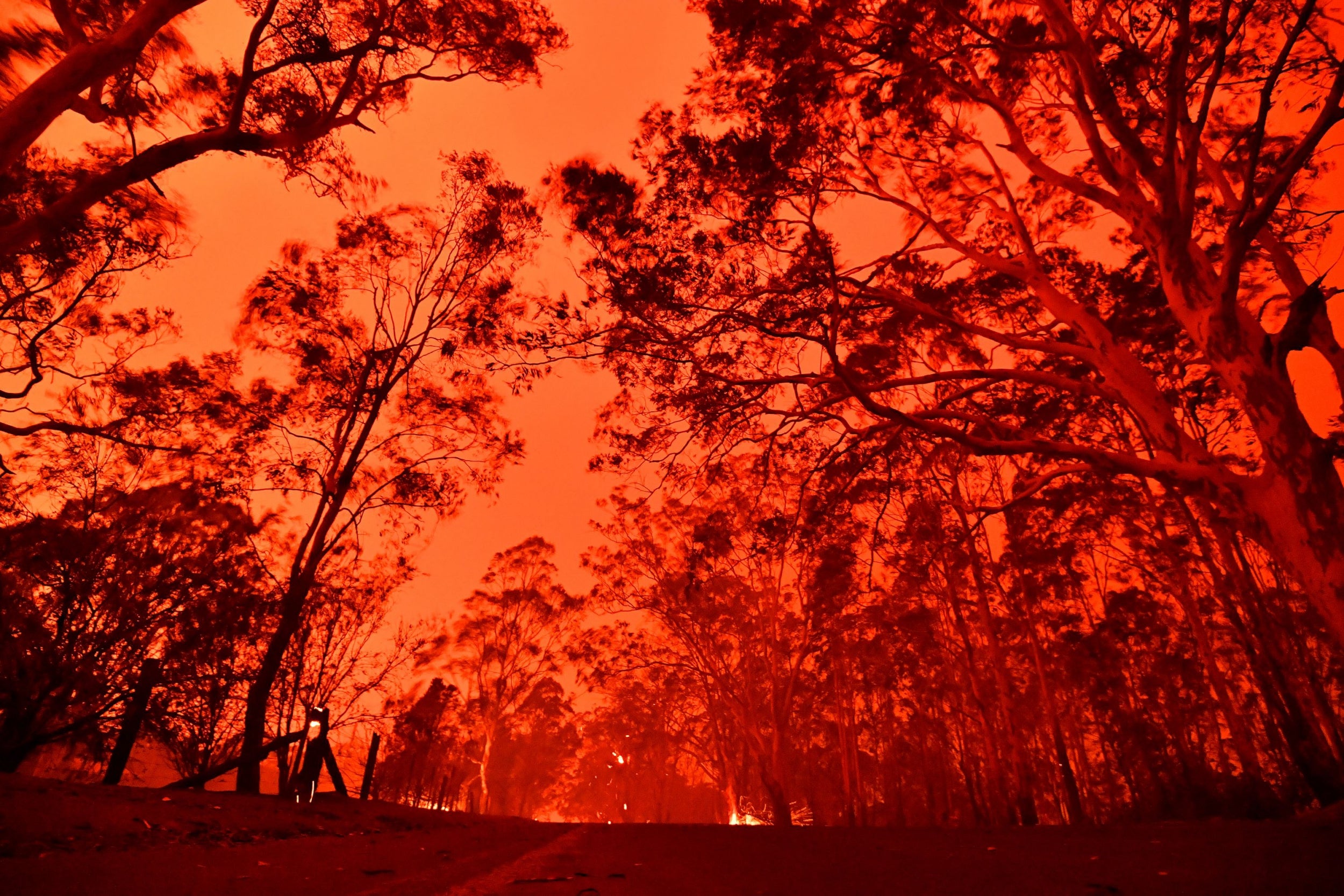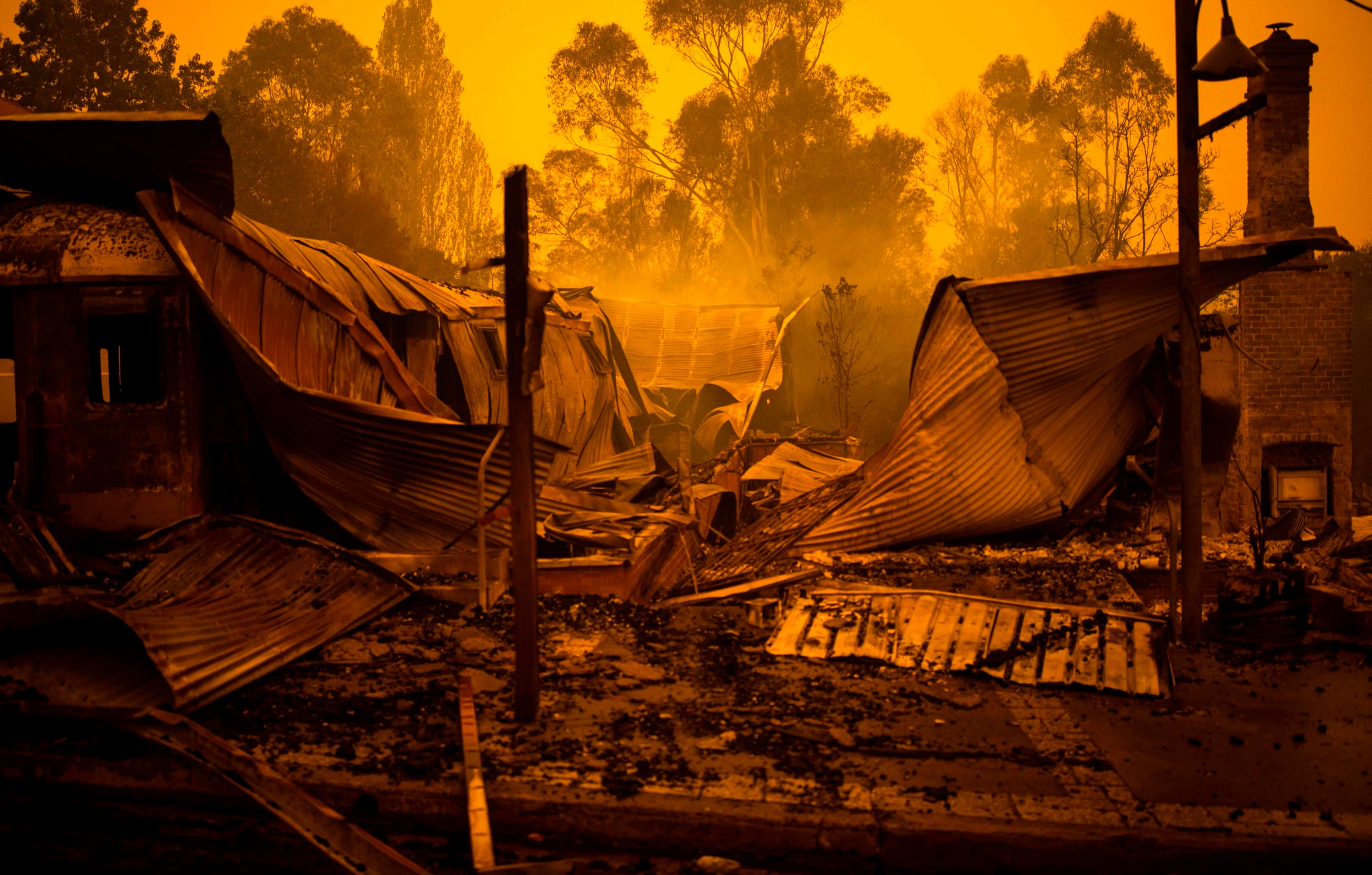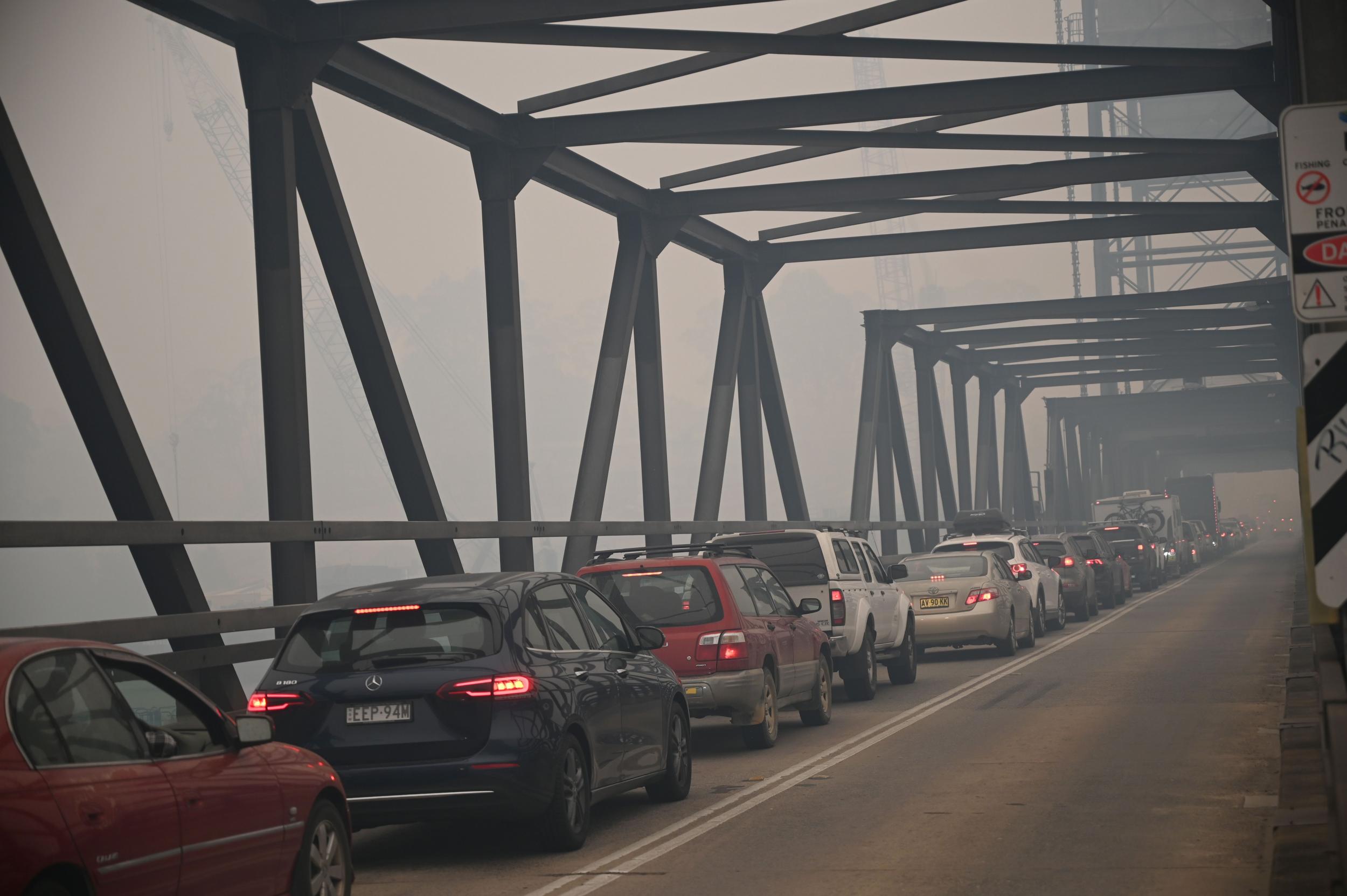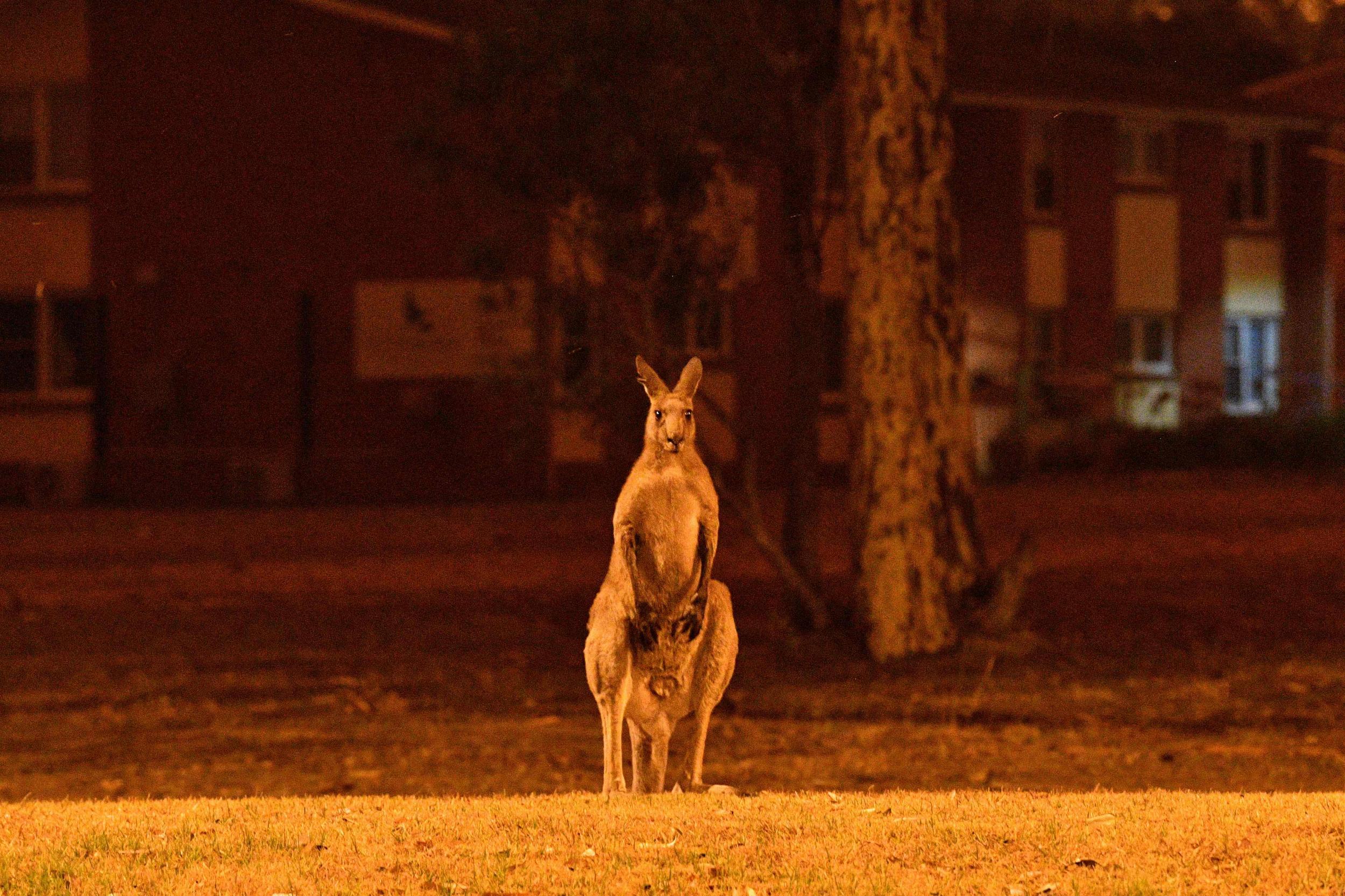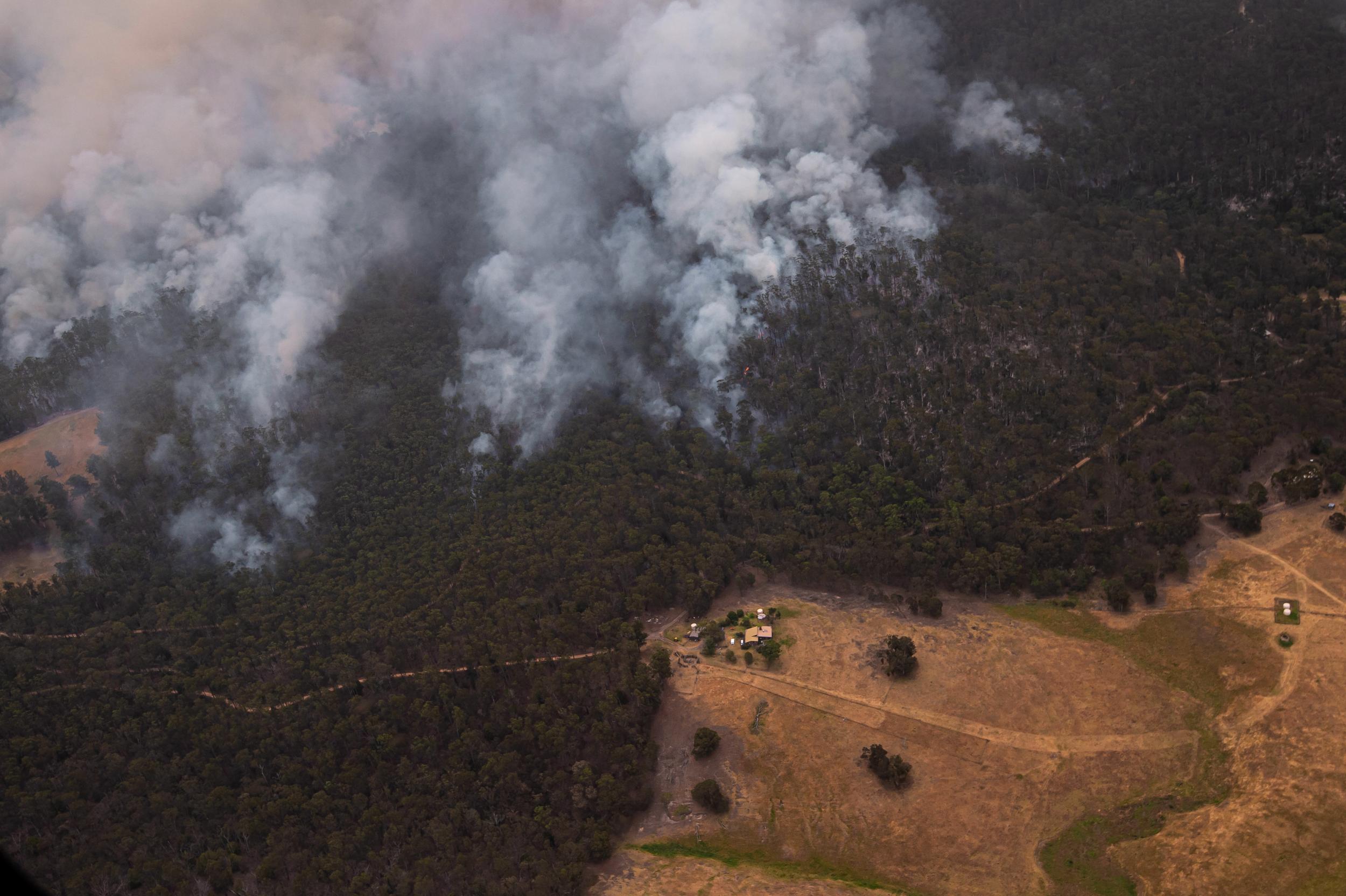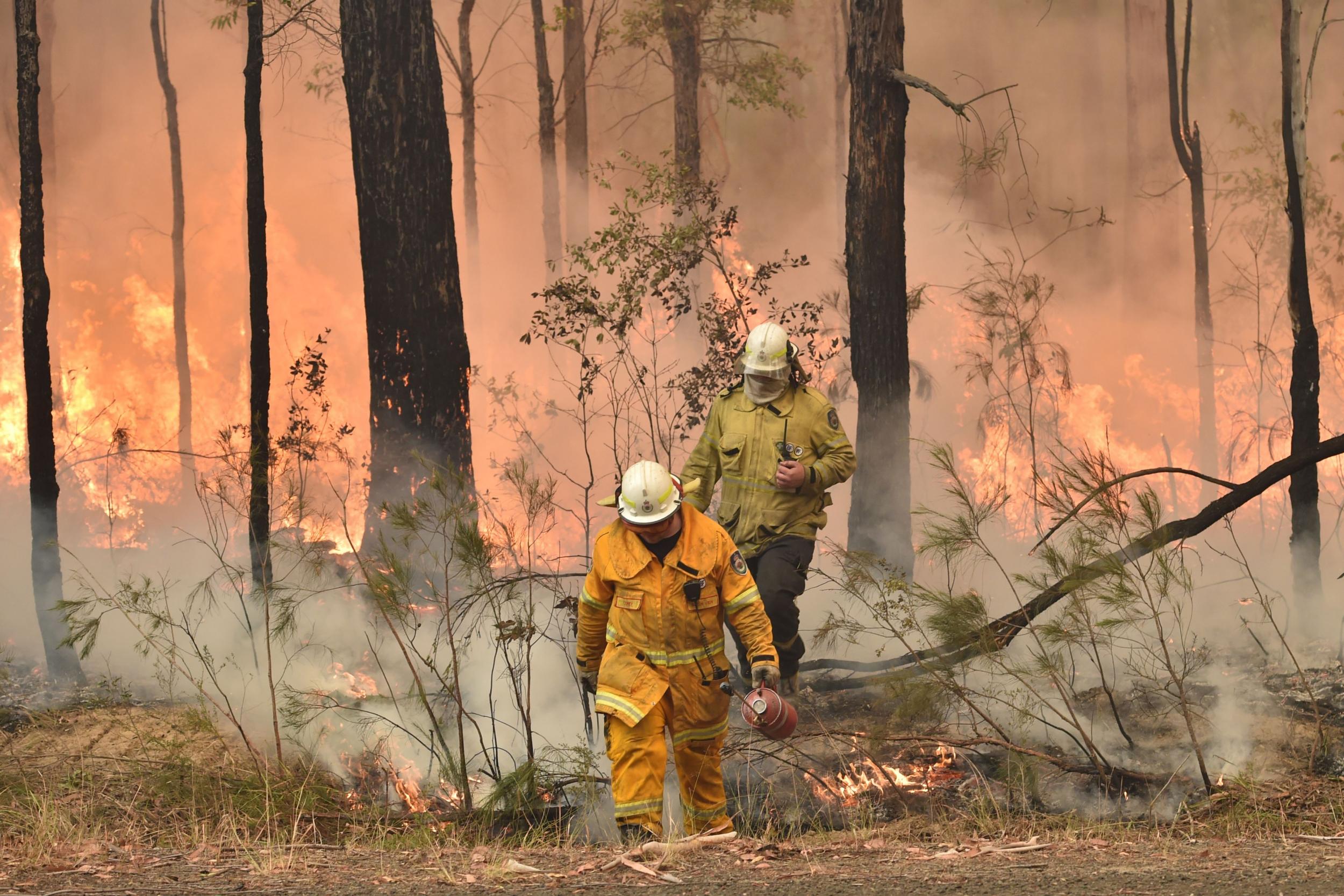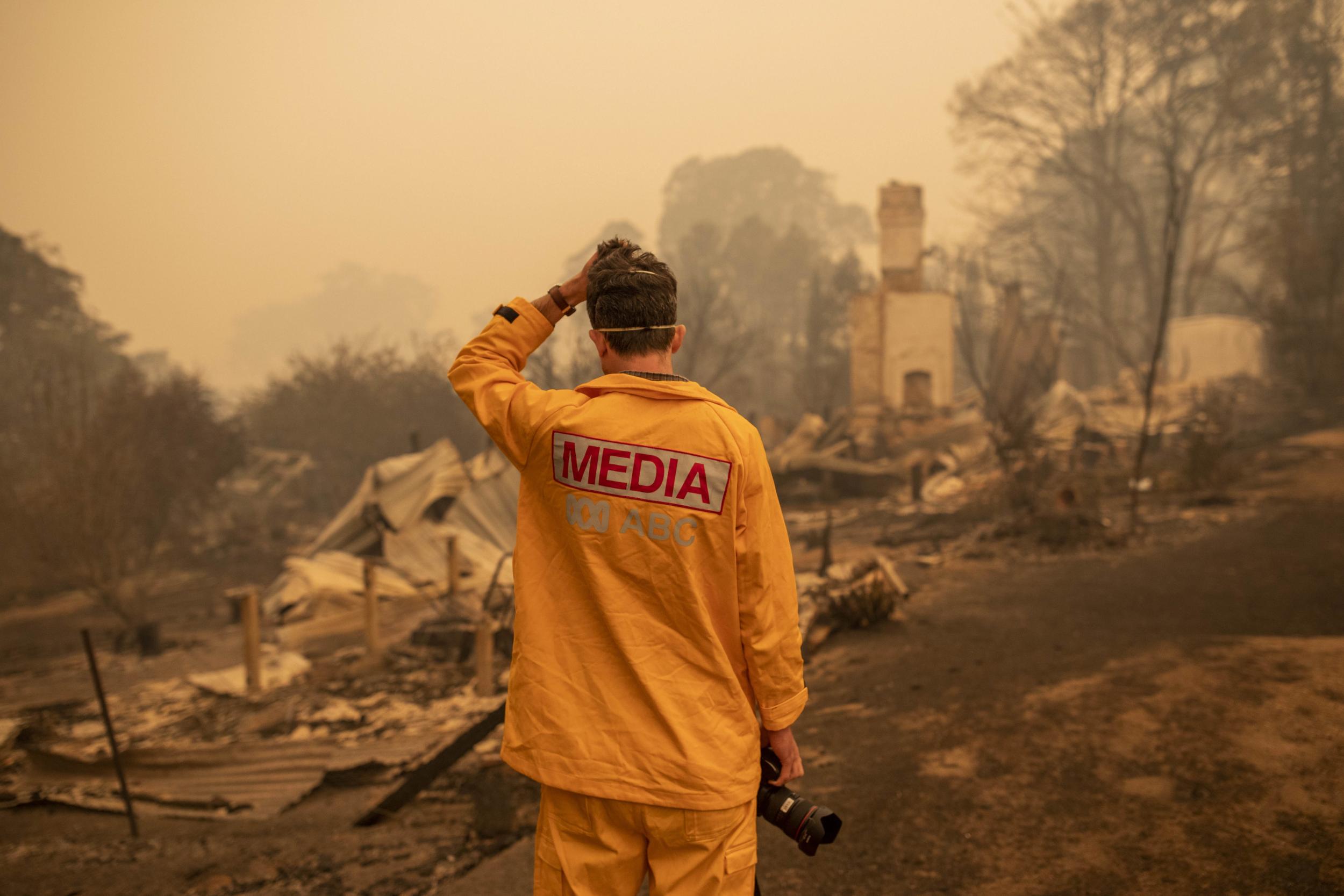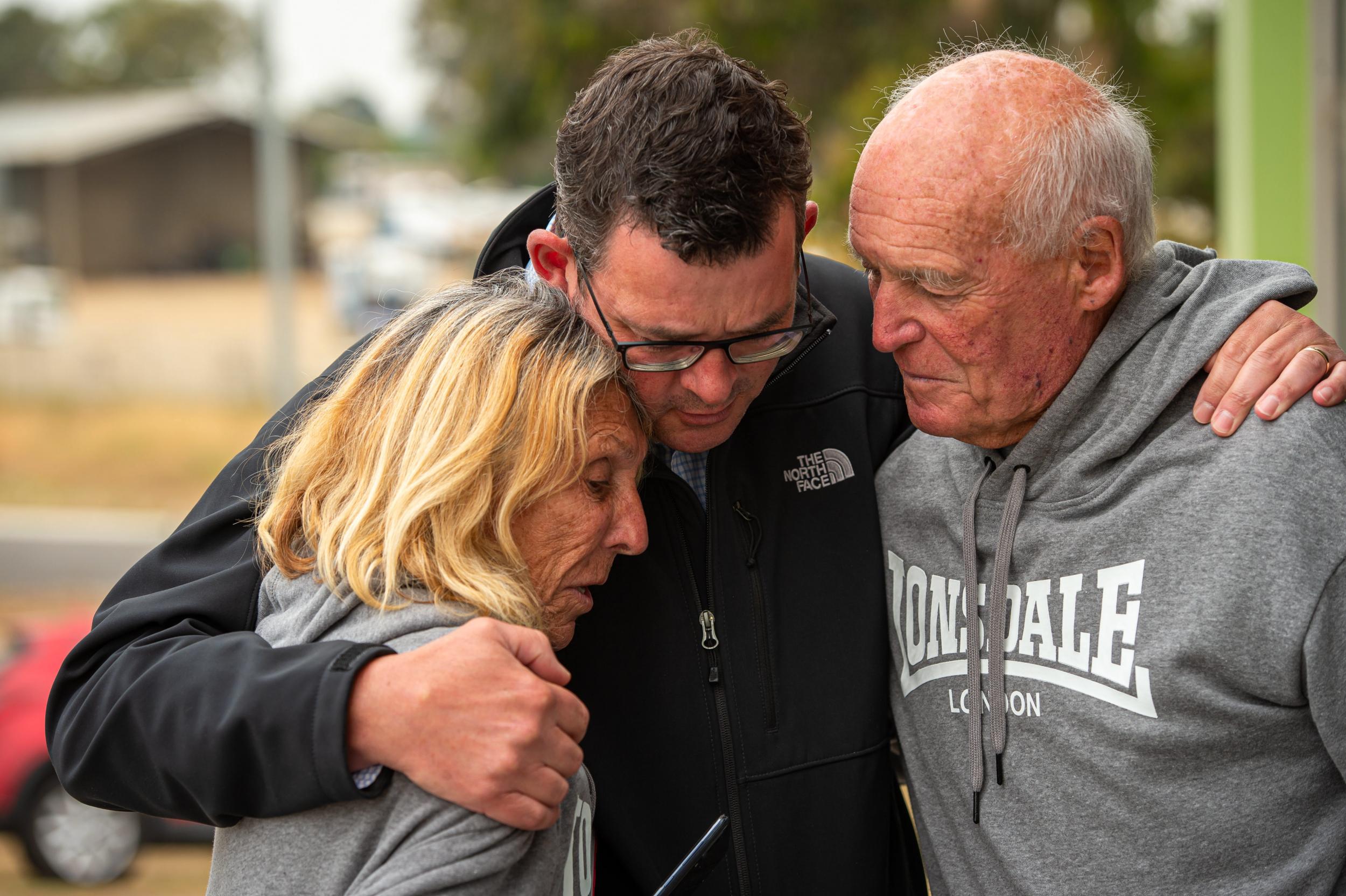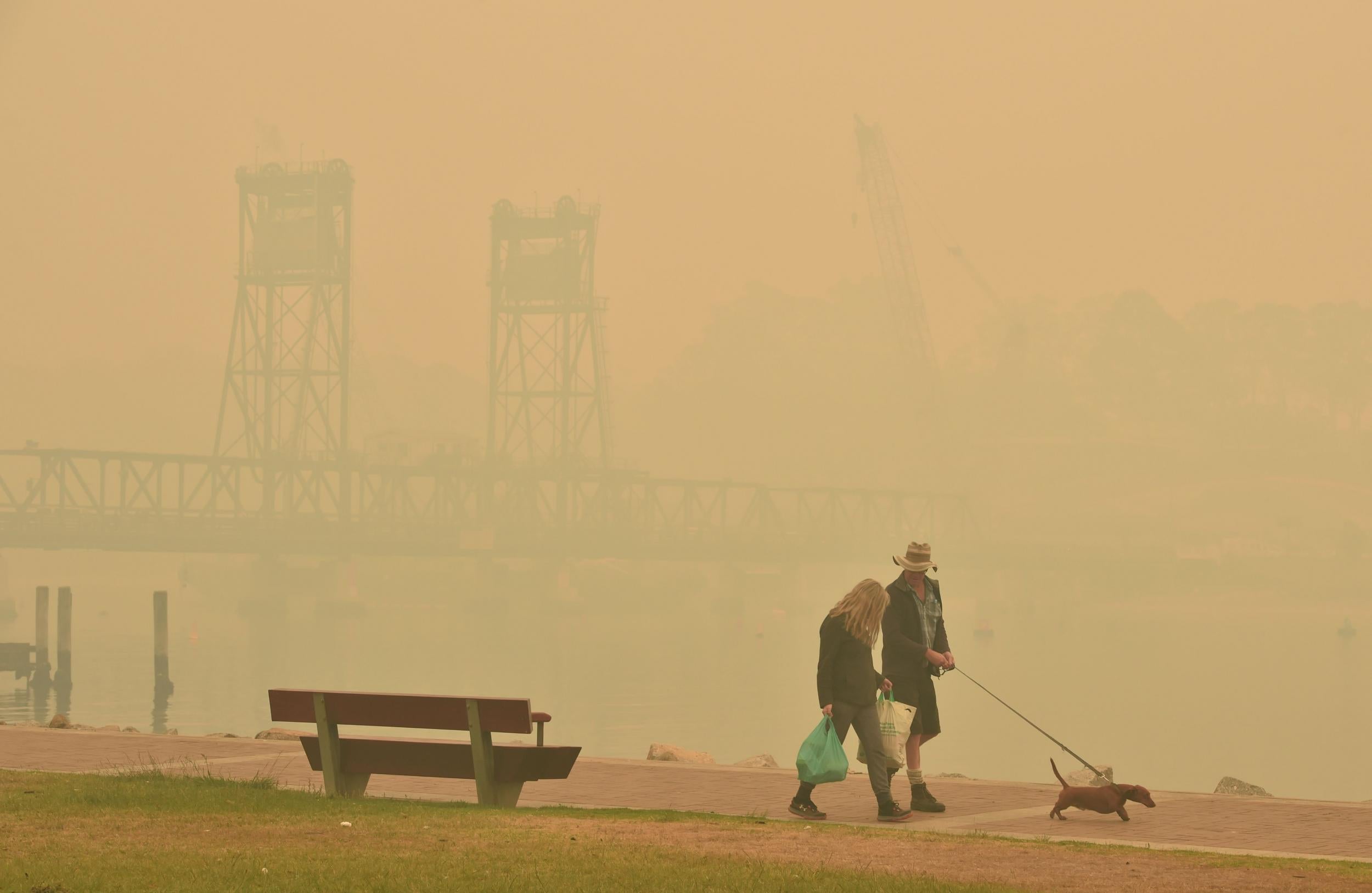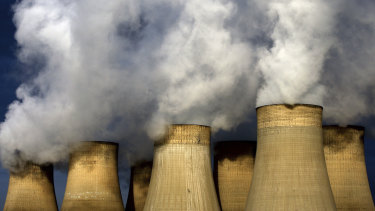Being a universal city, any conflict happening somewhere on the planet usually ends up on New York’s streets. During the year we have been covering some of them, but while working on this article we were surprised by the scale of the discontent. Over forty countries, on every continent, have been touched by a national strike or a large mobilization of people to the streets. While this article is not a complete study and certainly not intended as a final reference, we wanted to present an overview of the world situation during the past year and see if we could foresee trends for 2020.
Africa
Algeria
For the last 10 months, 22 million people have been protesting, striking, and taking to the streets in a country with a total population of 37 million. This popular movement is also refusing to participate in December 12th general elections, claiming they are a mascarade for the military to justify its grip on Algerian’s political system for the past 60 years.
Americas
Haiti
The protests in Haiti dated July 7th, 2018, started due to increased fuel prices. The movement now demands the resignation of the President Jovenel Moïse, accused of misappropriation of funds from Petrocaribe (a Venezuelan program that sells oil for credit to Caribbean countries). In March 2019, The Haitian Liberté and The Intercept reported that a group of American mercenaries was arrested. The group’s mission was to protect the transfer of 80 million dollars from the government’s oil account to Moïse’s account. Demonstrations continued through October, November, and December. At least two journalists have been killed in connection with the protests.
Ecuador
When, after 11 days of strong social mobilization, Decree 883 was repealed and the beginning of a broad dialogue between the government and the indigenous movement was announced, the issue ceased to occupy the headlines of the mainstream media. However, the conflict is not over. In the following interview, Nelsy Lizarazo, co-director of Pressenza in Ecuador, describes the current situation in the country and reflects on what happened and what might happen next.
How did the mobilizations that began with the announcement of the economic measures end?
I can tell you how the mobilizations ended in terms of people on the street, because in terms of conflict and process, this is not over. The mobilizations themselves ended on October 13, when the dialogue between the CONAIE [indigenous movement] leadership and the government of Lenin Moreno took place.
Would you say that the protagonist of the indigenous movement was surprising?
I think it was for the whole country, starting with the government. The response and the speed of the firm and clear response from the indigenous movement was surprising. Ecuador’s history and the last 30 years have shown several times the mobilizing capacity of indigenous peoples and nationalities, but it is true that a good time of demobilization had passed ever since. It is evident that the indigenous movement once again represents the greatest social force, the greatest force of pressure in the country, and that is a very positive balance because we had not seen a mobilization of this magnitude in Ecuador for a long time.
It’s not like we’re in an easy situation. As I said before, this is a moment of great fragility. However, it is an interesting moment and rich in possibilities because the country’s political scenario has also changed. The political forces that were supposed to contest the next elections have been deeply weakened, and many things can happen in this scenario. It could happen, for example, that new alternatives emerge, because in those 11 days many things happened in the territories, in the small cities, many “different” meetings that were mobilized, that met, that left without belonging to any particular party but rather responding to the urgency of proposing something different. Perhaps from there, something interesting can be harvested and built for the future.
So it seems to me that in the immediate we need to be cautious and very attentive, but I also believe that we gained more than we lost, and today we are one step further in history.
Chile
In 2019 a teachers’ strike took place all over the country for almost two months, pushing for reforms for some of their rights that are not recognized or duly met by the State. Eventually, it forced government officials (such as the hitherto inflexible Minister of Education Marcela Cubillos) to negotiate and meet several of their demands. The pressure the educators had to put on the government was extreme and the Teachers’ Association, under its president Mario Aguilar, emerged from this conflict validated as one of the main interlocutors of the opposition, without being politically partisan. Together with organizations such as “No + AFP”, The National Association of Fiscal Employees (ANEF), MODATIMA (a national alliance for the defense of water rights) and many others, they’ve formed the “Mesa de Unidad Social”, which demands an active role in the definition of the coming steps for the definition of Chile’s future.
Shortly afterwards, the government implemented a school reform called “Aula Segura” (Safe Classroom) aimed at isolating and punishing high school students with a profile of being student leaders or organizers. In mid-October, after the Metro (subway) announced an increase of 30 Chilean pesos, the same high school students commenced a “Semana de la Evasión”, that is, to jump over the turnstiles and not paying the fare in protest for yet-another-increase in the public transport system. By Friday 18th the demonstration had turned massive, with adults joining in.
That same afternoon a major building and seven Metro stations were set on fire simultaneously. The next day the government declared a State of Emergency, putting the military on the streets. President Sebastián Piñera declared: “We are at war”. That triggered 72 days of social protests that have put the government and the neoliberal system on the defensive.
“Chile woke up” is the slogan that summarizes this insurrection. The fundamental popular demand is “dignity”. They want a new Constitution that allows the country to free itself from the neoliberal system (Pinochet’s Constitution, imposed in 1980, is still ruling the country), and an agenda that deals with the extreme social and economic gap, the environmental and indigenous conflict, gender discrimination and the concrete problems of education, health, housing, pensions, etc. generated by this abusive system. Chile is the most unequal country in the OECD (out of 35 members), with the richest 1% perceiving 40 times more income than the 81% of the population. More than 65% of the households survives with less than USD 300 per person.
In this sense, if the country manages to move along this path or much needed reforms, it could constitute a small demonstration effect of global interest towards a post-neoliberal organization. We do not yet know how it will be, but it will undoubtedly have to be based on values other than individualism, competition, greed and violence. A key element for this process is the continuation and strengthening of the territorial, self-convoked grassroots assemblies at neighborhood level, which have shown a level of participation and interest for regaining educational tools for citizenship not seen in decades. They aim to becoming critical players in the constituent process whose first formal step will be a referendum in April 2020.
This year will surely witness a deepening of these conflicts and demonstrations of popular discontent and the expected subsequent repression, probably bringing more victims to an already polarized situation. There are many interests at stake, but the people are also experiencing wear and tear. So far, what is clear is that in 2020 Chile will transit through an institutional path to give itself a new Constitution. There will also be specific measures to improve the living conditions of the poorest, but which do not resolve the underlying problems.
In these 70 or so days of protests, human rights have been brutally violated. A gruesome example of that is the eye trauma suffered by more than 350 people, some of them losing the vision in one eye and 2 persons (Gustavo Gatica and Fabiola Campillay) left completely blind due to the shootings of pellets at close range by Carabineros (the Chilean police). Other figures (to December 21): 28 dead and several thousands of injured and imprisoned. We believe these actions must be checked and punished if Chile is to go farther in the building of a fairer, more dignified and more democratic society.
In this context, the economic indicators – so important for neoliberalism – will most probably be very unfavorable. Perhaps this can speed up the search for a way out of this model that is already showing its inevitable failure.
Puerto Rico
On July 17th, an estimated 500,000 people took to the streets of Old San Juan, demanding Ricardo Roselló’s resignation. The protests started after the release of 889 pages of the governor’s private chat, where he and his allies used misogynistic and homophobic language. On July 10th, the secretary of education and the head of the Puerto Rican health insurance administration were arrested on charges of unlawfully steering 15,500,000 of taxpayers’ money. Puerto Rico’s recession and the crisis deepened after Roselló’s austerity measures and the devastating hurricane Maria, which killed 4,645 people. Roselló resigned on August 2nd.
Interview with José Rabelo, fiction writer and medical doctor
How do you think the current issues in your countries relate around the world?
Summer 2019 was a new experience in Puerto Rico. All the events that occurred after hurricane María (September 2017) in addition to the economic, political and social situation in our island ended in these protests after the political “leaders’” chat was revealed by Puerto Rican Press. All the protests that were generated were covered by the International press and all the world’s eyes were on Puerto Rico during those days. Many people around the world manifested satisfaction at our results, a peaceful revolution that generated this direct democracy exercise, which is still in the process of creating new changes in the way our political characters see the people. I think that these events were useful to other countries in organizing their people to create similar movements
How do you think this would develop for the upcoming year? And why?
The histories that occurred during summer 2019 are still in movement, they are now in the minds of every political figure. They know that the power belongs to Puertorricans in the island or in foreign countries. It is important to remember that the idea for summer 2019 was not born from political leaders; it originated from the initiative of Puerto Rican artists with worldwide recognition, a new kind of allies were initiated with different possibilities for future movements. For next year’s political campaign, the candidates are aware of this history-changing event, and they are talking about it on every meeting or press conference. We will never forget this, and many scholars are deeply studying every detail from different points of view.
Colombia
The protests began on November 21st with hundreds of thousands of people marching all over the country and in cities around the world, and cacerolazos (beating pots and pans) resounding as a form of dissent. Initially organized a month in advance by traditional unions, the protest gained momentum from the addition of other highly diverse civilian sectors: Indigenous and Afro communities, victims of the conflict, students, environmentalists, womxn, and the LGBTQ+ community amongst them. On the one hand, protesters oppose a series of tributary, pension, and labor reforms that are perceived as a threat to vulnerable sectors of the population and as propellers of further inequality through privatization of public funds and benefits to wealthy businesses. On the other hand, there is the ubiquitous demand for the government to fulfill previous agreements with individual sectors, as well as the 2016 peace deal (which theoretically ended more than five decades of armed conflict). Finally, the continued relentless assassination of social leaders, human rights activists, and excombatants (a total of 837 between January 1st 2016 and May 20th 2019); the massacres of Indigenous people in Cauca and members of the Indigenous Guard (56 in total from January to November of 2019); and the military operation that killed at least eight underage civilians near Puerto Rico, Caquetá, on August 29th 2019, unify and fuel the population against an administration that fails to protect civilian lives through its own indolence, and refuses to acknowledge it. Thus the main unifying factor between the many protesting groups is the lack of trust in the government, and little confidence in its willingness to deliver what it promises to the people. Indeed, thirty-seven days later, the protests are still ongoing, with particularly large manifestations on November 27th and December 4th – and the government’s attempts at dialogue have so far been ineffective.
Interview with Nicolás Velásquez, PhD, politologist and scientist; chief of data at Linterna Verde in Colombia and Knight Post-doctoral Fellow at the Institute for Data, Democracy, and Politics of George Washington University:
Colombia’s November-December 2019 ‘Paro Nacional – National Stoppage’ is linked to the current burst of worldwide protests through three main elements: The role of Social Networks in facilitating initial coordination; a deep distrust towards the current government in particular and the current state of representative democratic institutions in general as the main political narrative; and demands for gender equality and better public services by a growing and more demanding emergent middle class as the defining socio-economic drive.
The ‘National Stoppage’ was initially coordinated by traditional labor unions. It had a clear set of demands reflecting these unions’ interests. Yet, within weeks, the call for the stoppage had suddenly gained unprecedented levels of traction with wide swaths of civil society that coordinated their mobilization organically through ad-hoc social media channels on Facebook and WhatsApp, among others. Soon the protest narrative and spotlight had moved away from the narrow focus on labor unions and now had to focus on a very wide coalition of students, young urban workers, human rights advocates, and LGBTQ and feminist collectives. No political party was central nor instrumental towards the mobilization. At the same time, the wide coalition and ad-hoc nature of the protest diluted the narrow focus of the initial call for mobilization.
The important role of feminist collectives and their call for gender equality and their call to address a culture of “machismo”, sexual violence, and the full implementation of gender equality norms has strong parallels with recent protests in Latin America (i.e. Chile, Mexico) and Europe (i.e. France, Poland, Spain).
Despite their decentralized and leaderless characteristics, protesters were able to call for marches and protests almost daily from late November to mid-December. Nonetheless, the decentralized nature of these almost spontaneous groups of new protesters made their representation at a negotiating table harder. It became evident that social networking platforms might allow for easier mobilization but do not offer quick solutions to the problem of representation. It took three weeks to get the “organic” protesters to draft a collective petition with 13 “thematic axes” and more than 100 points across political, social, economic, cultural, judicial, and human rights (available here:
Agenda del Comité Nacional del Paro para la negociación con el Gobierno Nacional, 13/12/2019).
The fact that most of the demands relate to already existing laws, norms, or agreements signed by the State highlights how the protests are driven by mistrust on the current Government. The goal of the protestors is not necessarily to draft a new norm, but rather, to pressure the Government into implementing what has already been written. In other words, to “discipline the Government from below”. The capacity of the protestors to keep up the pressure among the wide social coalition is by no means a given. At the same time, the relative ease through which massive mobilizations were organically coordinated might be enough to keep the Government from underestimating the need to properly address the current set of petitions.
Perú
Peru has been in constitutional turmoil since the resignation of President Pedro Pablo Kuczynski in 2018. Under the government of Martin Vizcarra, the opposition leader has been arrested, accused of money laundry and corruption in relation to the Obredecht Case. On January 2nd, massive protests erupted against the Prosecutor of the Nation’s decision to remove the appointed prosecutors for Obredecht case. On September 30, Vizcarra dissolved the Congress on the hands of the opposition party. Congress suspended the President Vizcarra of functions and appointed Mecedez Aráoz. With 84% support according to the polls, people protested for the dissolution of Congress. Contra-protests led by the opposition party called for the resignation of President Vizcarra and called him a dictator. Mercedes Aráoz resigned and Vizcarra called for general elections in January 2020. Perú had also other protests: Teachers and students went on strike in December, asking for a rise in the education budget that according to the experts, it one of the lowest in Latin-America. And in November, thousands of people protested against the privatization of water.
Interview with Patricia Herrera, journalist.
How do you think the current issues in your country relate around the world?
Latin America always suffered from Economic instability. It’s not only that but also its people had been often manipulated by corrupt governors who suppress protesters. In the end, those social movements don’t achieve their goals as they should.
How do you think this would develop for the upcoming year? And why?
Peru is a country where there is much corruption, mafias, in-group favoritism, among others. Last year, we had abrupt changes, such as the dissolution of Congress and the call for a new election in January 2020. The changes in the government in 2018 with Martin Vizcarra as President in replacement of Kuczynski have been partly favorable as controversial. In the end, the cart pulls forward. Maybe, there is an answer in 2020 with promises of a fight against corruption and the defense of women’s rights.
Asia
India
January 8 & 9: 200 million workers demanded from the First Minister Modi to stop all efforts to change the labor laws and the Union protections. The protesters also asked for a national minimum salary.
Citizenship Amendment Act Protests
On December 12, the Indian Parliament approved a citizenship amendment that will allow a path to citizenship to undocumented aliens who are not Muslims. The protests began in the northern State of Assam and from there spread to all India. On December 19, the government banned the demonstrations, shut down the internet, and arrested the opposition leaders.
Hong Kong
After the Umbrella Revolution in 2014, Hong Kong lives its major time of unrest caused by the protests against the extradition bill. In February, Chief Executive Carrie Lam proposed an amendment that would allow Hong Kong to bring any person to an outside jurisdiction to face criminal charges. This was in response to the murder of a young Chinese woman in Taiwan whose perpetrator could not be extradited to Taiwan for lack of a treaty. The protests led to the suspension of the bill (June 12th), the formal withdrawal of the law (October 23rd), and the imposition of emergency regulations (October 4th). During the protests, there have been clashes between pro-China supporters and pro-democracy protesters.
Europe
France
By Claudie Baudoin, editor-writer with Pressenza in France.
For more than a year now, every Saturday, the “yellow jackets” have been crisscrossing the streets of the capital and dozens of towns in France, and have been organizing themselves on roundabouts to make the population aware of their demands and mode of action. If the spark that triggered such a mobilization was the increase in taxes on fuels, particularly diesel, the “movement” quickly evolved to demand a society where the distribution of wealth is fairer. This revealed to public opinion the extreme poverty (9 million people living below the poverty line, 20% of whom are children), the difficulties of survival of households and their enormous debt, the increase in the cost of living, of basic energies (heating, electricity, water). Very quickly, awareness of the measures taken against the people was raised, and public services were systematically destroyed, destroying the transport, health and education sectors at a rare speed.
The major and non-negotiable demand of the GJs is the RIC (Citizens’ Initiative Referendum). But the media have used all their power to disseminate reductive, manipulative images.
This powerful cry for “another way of living together” was repressed with the greatest violence: 11 dead, 2500 wounded (including 82 mutilated or dazed people, 10700 in police custody, more than 2000 convictions, 40% with prison sentences). The activists were not ready for this repression, even less for the organized media lies. And in spite of the strength gathered, they could not find a way to organize themselves. The numerous popular assemblies were not enough to implement a process of institutional and democratic change. Nevertheless, the mobilizations every Saturday continue, passed over in silence by almost all the media.
In November, the pension bill was rejected en masse by the population. This reform, which changed the distribution system to a points system, with a pivotal starting age pushed back to 64, is perceived as unequal, disadvantaging most households and special schemes (artists, difficult professions, teachers, researchers). An intersyndicale (bringing together all the unions) calls for a strike. The strike is extremely popular. 1.5 million people take to the streets. Alleged negotiations take place between the unions and the government. Everything is done to divide but convergence is maintained. Since 5 December, all public services are on strike, the country is more or less blocked in its functioning. The so-called “Christmas truces” are not accepted by the strikers, who are keeping up the pressure.
How do you think the current problems in your country relate to the rest of the world?
The current problems are not specific to France: we hear the same demands everywhere. It’s a global and worldwide system in which big finance has all the power. The Dow Jones is the law, and despite the urgent need to return to the most fundamental rights, to respond to social distress, to take measures for responsible and sustainable economies, free trade treaties are signed without being submitted to the votes of national parliaments, the media are internationally agreed to manipulate general public opinion. Fear and threats and the most vile repressions are used against people, taking care not to present social excesses in many parts of the world as something that must be taken into account.
How do you think this might develop in the coming year? And why?
It is precisely because the situation is globalized and worldwide that it is impossible to predict the course of events. The observation of phenomena is very worrying. In France, a war has been declared between the government and the militants, a war of attrition that the powerful know how to win by starving people. Nevertheless, the demonstrations beyond the immediate and specific demands express a deep desire to build another nation, to rethink democracies and citizenship and to invent another way of living together. Many began to dream. Strong values are being expressed. And while individualism is still the order of the day, we hear the echo of a collective consciousness that is trying to find its way. Then everything is possible. Yes” and “no” coexist. More than ever, it is a question of taking a stand and choosing the gaze that builds and the action that collaborates with life. So “in this rhythm of the universe, where every day is irreplaceable, and where in every hour there are infinite acts, and in every minute creation and destruction, where every moment is linked to eternity”, “something very good will happen when human beings find Meaning so many times”.
Hungary
Since New Year and during January, March, and May, public employees and labor activists had called for protests against the new labor laws. In December 2018, the parliament approved employers to demand 400 hours of overtime from their employees in what is known as “Slave Law.” Other reforms included the increase in working hours to 9 hours a day and the reduction of holidays.
Germany
An estimated 1.4 million people participated in Climate Strikes. As a result, Angela Merkel compromised to reduce carbon emissions by 55% and reach carbon neutrality by 2050.
Interview with Reto Thumiger, swiss citizen, editor-writer in Berlin and co-director of Pressenza
How do you think the current issues in your country relate around the world?
Well obviously, the climate changes isn’t a national or regional issue and it relates to everyone. Germany as highly industrialized country and as an “export world-champion” as they like to call it has a big economic debt, specially to the south and all the country who will face first and the strongest the effect of climate change while having contributed very little to the problem. On the other hand the ecologist movement has a long a strong history in Germany and with the appearance of the new generation of activist this has the potential to unite a big part of the population and to produce real pressure.
How do you think this would develop for the upcoming year? And why?
During the next year the growing polarization in the German population will continue while the traditional parties keep on loosing voters and the usual coalitions combinations aren’t feasible anymore. We will see if Merkel will be able to finish her last term or if she must leave earlier. Meanwhile the xenophobe and racist far right-wing gets more and more rooted within the broad population, politics will be more and more on the streets together with the growing opposing movements against climate changes, for human and refugees rights, for peace and disarmament.
Middle East
Lebanon
A reform that would create taxes on gasoline, tobacco, and online phone calls, (WhatsApp, for example) triggered the protests on October 17th. On October 21st, activists called for a general strike after rejecting the proposed reforms, which included housing loans to families living in poverty. The bank system remained closed for an entire two weeks. On October 27th, the Lebanese people took part in a human chain of 171 km, from the northern city of Tripoli to the Southern city of Tyre. On October 29th, Prime Minister Saad Hariri announced his resignation. Protests were raised against the intent to reappoint Saad Hariri as a Prime Minister. In December, Hassan Diab, former Minister of Education, was appointed Prime Minister, an announcement that triggered more protests throughout the country.
Iraq
The Tishreen Revolution started on October 1st. Its most immediate antecedent was a protest of professional graduates asking for employment that was brutally repressed by police forces on September 25th. On October 1st, protesters gathered in Liberation Square motivated by high unemployment, lack of essential services, and general government corruption. During the demonstrations, several protesters have been killed. On November 8th, Grand Ayatollah Ali al-Sistani, the most influential Chia cleric, called the government to fit the protesters’ demands. On November 29th, the Prime Minister resigned. On December 26th, President Barham Salih resigned because the demonstrators would not approve his candidate for Prime Minister.
Iran
On November 15th, Iranians took to the streets to protest against an increase in fuel prices. Before the protests, the government has been accused of mismanagement and corruption. The rapid inflation sent 1.6 million people into poverty. Still, the government exempted from taxes some trustees, such as the large organization Khatam al Anbiya Construction Headquarter. According to Amnesty International, the security forces killed at least 304. Reuters reports that the deaths reach 1,500.
Oceania
Australia
Around 300,000 people attended the climate strike on September 20th. Protesters demanded 100% renewable energy and the stop of Adani-Carmichael coal mine in central Queensland.
Philippines
By Karina Lagdameo Santillan, editor-writer with Pressenza in Philippines.
A review of strikes, rallies and protests in the Philippines in 2019 showed the following issues, many of which are experienced globally. In summary:
- Labor unrest due to existing labor laws and practices
- Transportation problems
- Conflict with China over the West Philippine Sea (and, also there is local apprehension over the growing number of illegal Chinese in the country, increase of offshore gaming operations by Chinese, and mainland Chinese working on government infrastructure projects awarded to China)
- Authoritarian style governance and populism leading to a disregard for the rule of law so long as there appears to be popular support for the leader (i.e. in particular, disregard for human rights, threats and harassment of human rights advocates)
- Environmental Concerns
Labour Strikes
The incidents of labor strikes increased in 2019 due to the government’s unclear policy on contractualization. In the first five months alone, work stoppages rose to 10. Notices of strikes also went up during the first five months of the year to 129, from 113 in the same period last year.
Labor Assistant Secretary Benavidez said a large number of union-busting allegations are still rooted in the issue of contractualization, the practice of companies hiring and keeping workers solely on a contractual basis. They can work for years and never end up as regular employees with the benefits and wages befitting their positions. Contracts usually last for six months, with employees working every day until their contract ends and the company rehires them or moves them on, starting the process over again. This has severely hurt unions, as contractual and casual workers are by law not allowed to form unions or participate in any union activity. In some cases, this has left them vulnerable to brutal and discriminatory treatment from company management.
During his election campaign, President Rodrigo Duterte promised on live television that he would end all forms of contractualization. It was the first time a leading public official had addressed the matter openly; and was much discussed in media unlike previous times. Partly because media companies were also practitioners of contractualization, or “Endo” (End of Contract) as it is known colloquially. But once in power, Duterte and the Department of Labor has not addressed the issue and the government itself continues the practice. In 2016, there were 595,000 “contract of service” employees in the public sector. This increased to 660,390 in 2017, a year after Duterte assumed the presidency. Executive orders currently signed by the President particularly EO 51 stipulates that companies and unions should abide by the existing labor code. The only change is that workers can now become regularized within their respective manpower agencies – but not with their principal employer, unless allowed by the company.
To date, there is a pending Security of Tenure (SOT) bill which clarifies which positions can be contracted out and which needs to be regularized. Duterte has yet to sign into law. Ironically, the SOT bill is being opposed by business and labor groups. Employers said it will remove their “flexibility” in exercising contractualization, while labor groups said it is a watered-down bill as it still allows the contractual arrangement, which they oppose.
How do you think the current issues in your country relates around the world?
This is reminiscent of politicians who make campaign promises to win votes but once elected, do not make good on their promise. In this case, the promise of ending contractualization was well received by a large sector of society affected by this practice, but it appears that the administration is not addressing the labor issue in favour of big business.
How do you think this would develop for the upcoming year? And why?
A stalemate. With an increase in labor unrest, unless all stakeholders can negotiate and agree on terms that will be beneficial for both workers/employees and company management.
Transport Strikes
Major transport groups have staged several transport strikes to protest the planned public utility vehicle (PUV) modernization program since it was launched by the government in 2017. The latest strike was staged last Sept 30, 2019 affecting key cities nationwide and Manila.
The PUV modernization plan aims to replace old jeepney units with low-emission and fuel-efficient vehicles to help reduce air pollution and provide better transportation for commuters.
Jeepney operators with 15-year-old vehicles will have to be replaced with units that comply with Euro-4 standards by July 1, 2020. Prototypes of the new jeepneys were developed, with features such as Euro 4 engines, CCTV Cameras, GPS, and Automated fare collection systems. The new jeepneys will cost around ₱1.4 million to ₱1.6 million which can be acquired via a financing scheme featuring a 5-percent equity for vehicle purchase, 6-percent interest rate and seven-year repayment period.
While some transport groups and operators support the program, other groups are against the program. The protesting groups cite the following reasons:
- The cost of new jeepneys will adversely affect the livelihood of 600,000 public utility jeepney (PUJ) drivers and 300,000 small operators.
- Commuters will be hit with an increased fare of at least ₱20.
- The minimum requirement of 20 jeepneys per franchise will amount to an investment of at least ₱30 million, effectively barring small-time and independent jeepney operators
- Jeepney operators will have to create a cooperative before they could borrow from the government.
- They believe that the DOTr was only using environmental concerns as a smokescreen to phase out small operators in favor of large corporations
In response, The LTFRB announced the cancellation of the franchises of at least 20 jeepney operators for joining transport strikes in February 2017, and threatened to cancel the franchise of groups joining the protests. They government has announced that it will continue implementation as scheduled, in 2020.
How do you think the current issues in your country relates around the world?
It relates in the sense that governments are using more strong-arm tactics in resolving issues and there is a growing polarization in societies globally.
How do you think this would develop for the upcoming year? And why?
Thus far, the government is determined to implement the program as scheduled next year. If dialogues and negotiations are not satisfactory, if provisions are not amended, we more transport strikes causing inconveniences to commuters, class suspensions and work interruptions.
June 12, 2019 Independence Day Rallies and Protests
During the Philippines’ 121st Independence Day, local government units held simultaneous flag raising ceremonies to mark this day of independence while various groups raised placards for true freedom, protesting China’s growing presence in the country and the government’s stance on the disputed West Philippine Sea (also previously known as the South China Sea). In particular, protesters such as youth and student groups rallied to uphold national sovereignty as China continues to occupy the disputed islands in the West Philippine Sea which has adversely affected the livelihoods of Filipino fisher folk.
How do you think the current issues in your country relates around the world?
The issue of the disputed West Philippine Sea affects other neighboring countries who are also laying claim to certain areas in the area. The sea is the main maritime passageway between the Pacific and Indian oceans, connecting East Asia with Europe and the Middle East so it has enormous trade and military value. There are major unexploited oil and gas deposits believed to lie under the seabed. The sea is home to some of the world’s biggest coral reefs and, with marine life being depleted close to coasts, it is important as a source of fish to feed growing populations.
How do you think this would develop for the upcoming year? And why?
The Philippines filed and won its case at the Permanent Court of Arbitration (PCA) in 2013, becoming the first and only country to legally challenge China’s claims. China denies the tribunal has jurisdiction on the issue and will not abide by its decision. Duterte maintains that he will not insist on enforcing the ruling (the key issue is the question of how to enforce the ruling; there is no international body capable of enforcing the ruling), has repeatedly said he does not want to go to war with China (since Philippines will surely lose) but also maintains that we are not giving up our sovereignty. Given Duterte’s pivot to China, we have
Youth Led Protests during the 47th Anniversary of Martial Law, September 20, 2019
Filipino Youth from all over the Philippines protest against injustices and a looming dictatorship under President Rodrigo Duterte and a bid not to forget Martial Law years under Marcos regime. Together with various groups including the United People’s Action coalition, along with coordinated satellite mobilizations held in key regional cities, protestors amplified calls to uphold national sovereignty, fight for the rights of marginalized sectors such as farmers and the urban poor, and end attacks on government critics. They highlighted the reimposition of mandatory ROTC in senior high school, the entry of military forces into schools under the guise of randomized mandatory drug tests, the red-tagging of activists, silencing of critics, disregard of human rights and the spate of bomb scares as repressive measures that suppress civilian dissent. They noted that Duterte’s strong-arm tactics and authoritarian style is reminiscent of the Marcos dictatorship and a threat to democracy.
How do you think the current issues in your country relates around the world?
It can be observed that the authoritarianism and populism is on the rise in many parts of the world, not just the Philippines.
How do you think this would develop for the upcoming year? And why?
According to the latest surveys, the President is enjoying the highest approval ratings to date, giving him the mandate and all the more reason to stay on course with how he has been governing the country.
Climate Protest. September 21, 2019
Filipino students and environmental activists nationwide joined the weeklong global wave of climate protests to demand for urgent action on climate change. It was part of the global “Fridays for Future” movement where students go on strike to demand accountability on the world’s growing carbon emissions. Philippines consistently ranks as among the lowest carbon emitters worldwide, but is vulnerable to extreme weather and disasters brought on by the compounding effects of global warming.
How do you think the current issues in your country relates around the world?
Global warming, destruction of the environment and climate change is being experienced as a serious issue worldwide. Not included in this scan are the protests of local indigenous groups who are concerned about projects such as the building of dams which will adversely affect their ancestral domains and current mining companies that has been affecting local communities in many parts of the Philippines.
How do you think this would develop for the upcoming year? And why?
On a positive note, Filipino youth, environmentalists and a lot of advocacy groups will continue to push for local initiatives and policies to help combat climate change. Environmental consciousness is very high in the Philippines and many groups, and communities at the grassroots level are active in doing their share to mitigate climate change, protecting their ancestral domains against the encroachment of big companies such as mining.
In conclusion, this year’s protests have covered many issues: democracy and representation; the, environment; gas and transportations costs; retirement and economical hardship; abuses against women (machismo, sexual aggression); and discrimination aginst indigenous peoples. Some of the protests have been very efficient and their requests met; oter countries are still facing large and ongoing strikes. If we had one wish for 2020, it would be that all this social unrest will converge into an international movement with a common platform, giving direction to a new set of values and priorities. Maybe 2019 was the foundation that humanists have been waiting for all these years. The international unrest could give shape to a proposal made years ago for the formation of a Universal Human Nation. Guillermo Sullings, author of “At the Crossroads of Humanity’s Future: the Steps towards the Universal Human Nation,” describes it beautifully as a Confederation of Humanist Nations– a world without borders, without wars, without violence, without hunger, without discrimination, with social justice, with Real Democracy, with environmental balance, with solidarity and, above all, with an open future.







